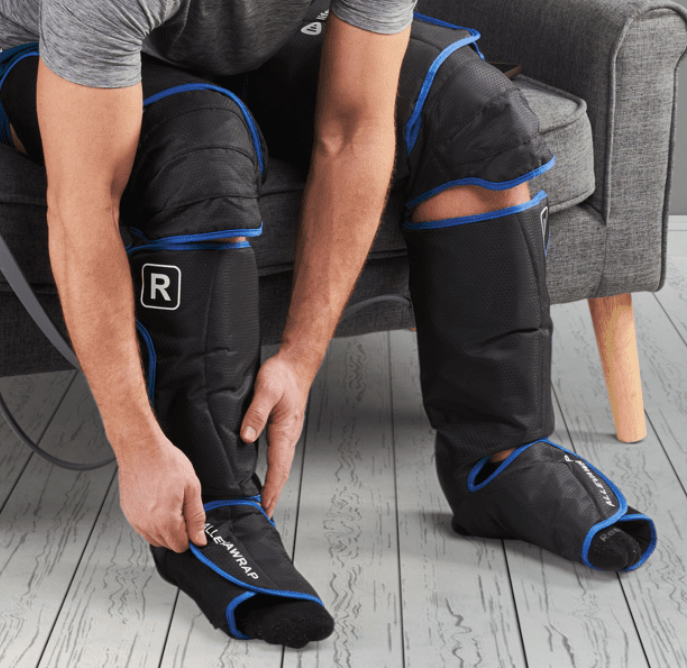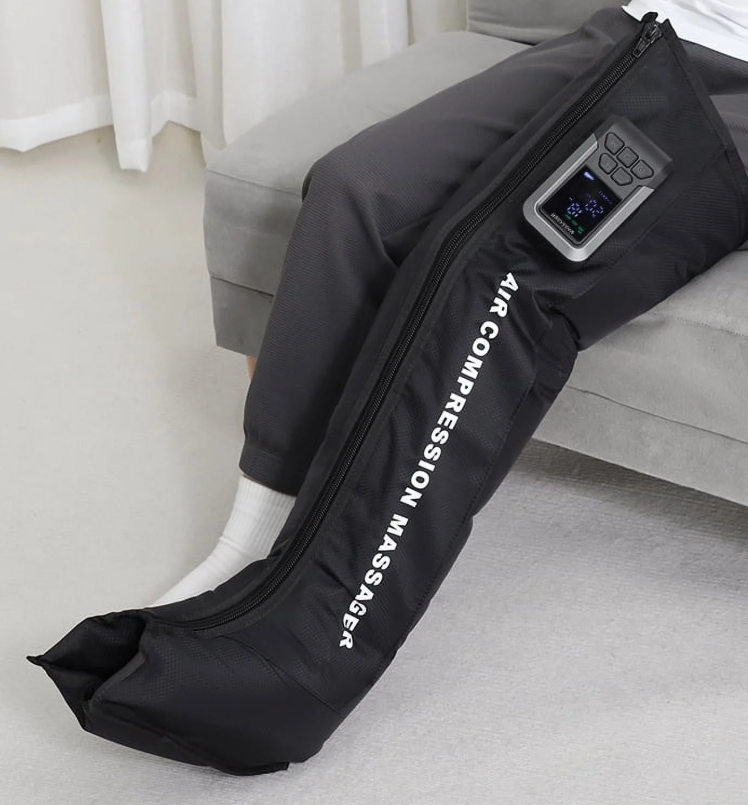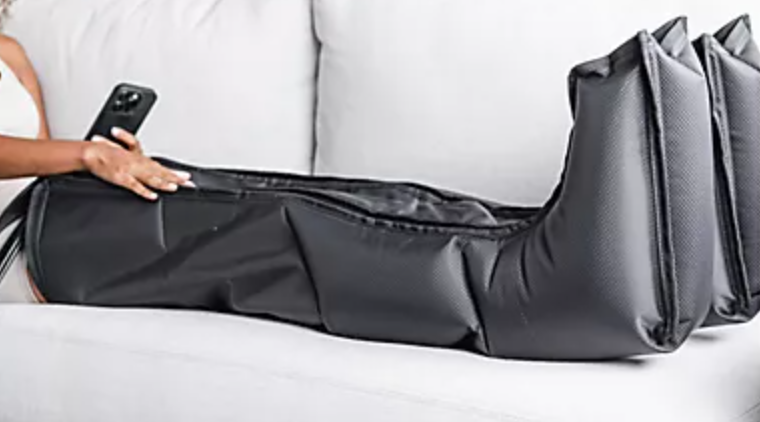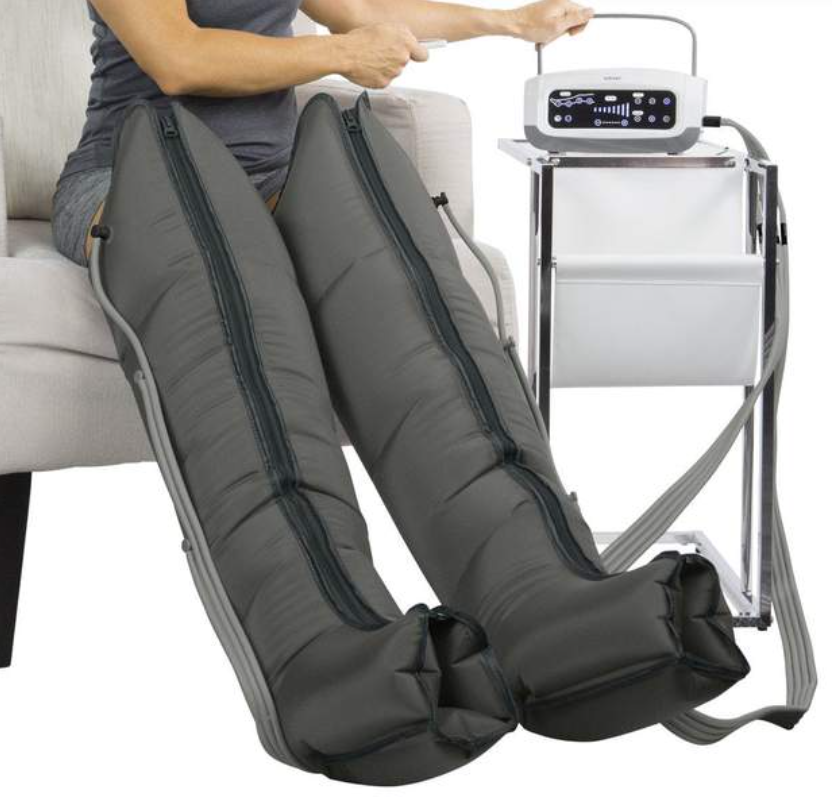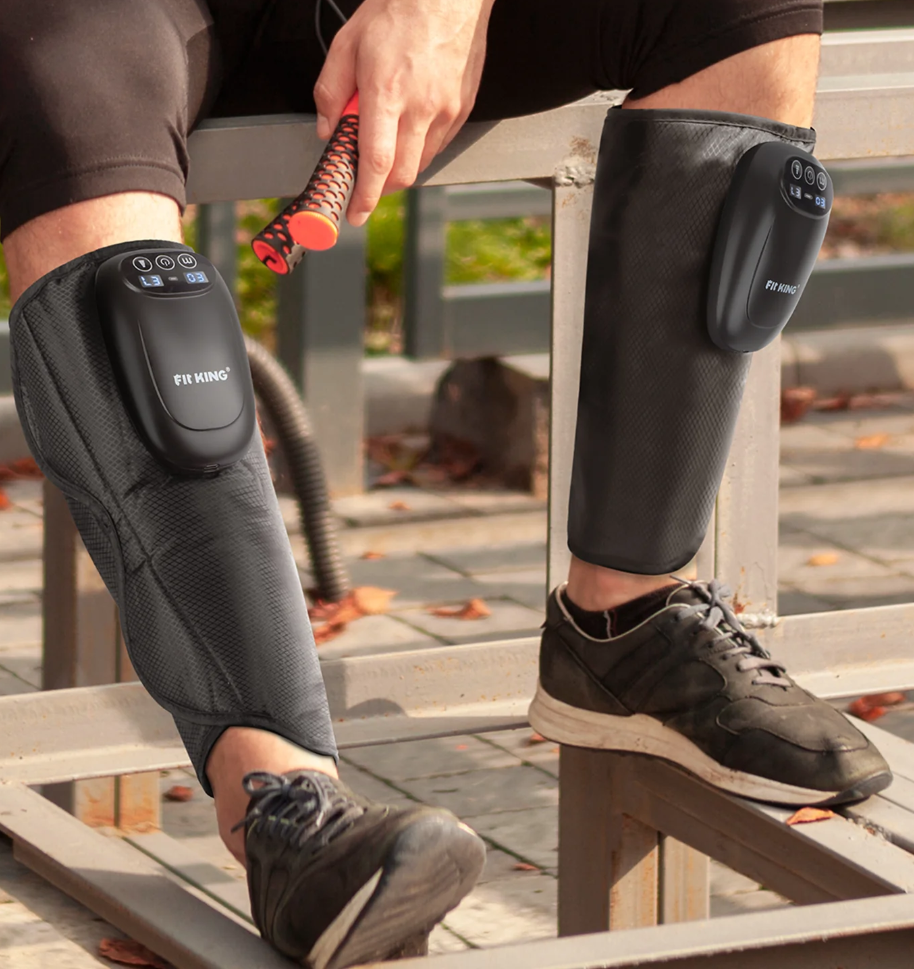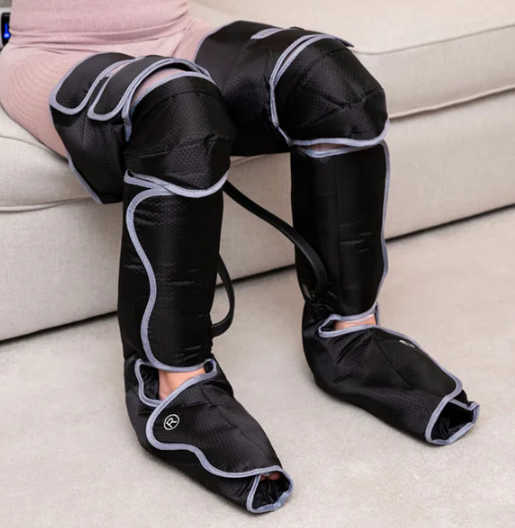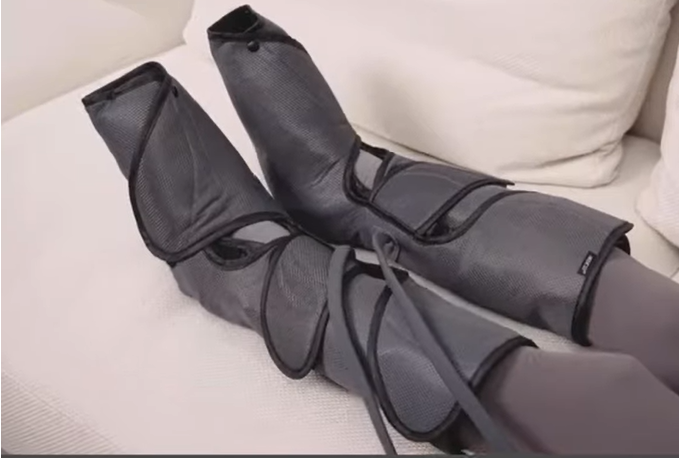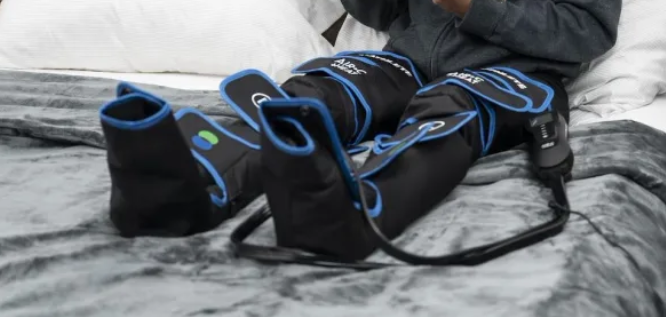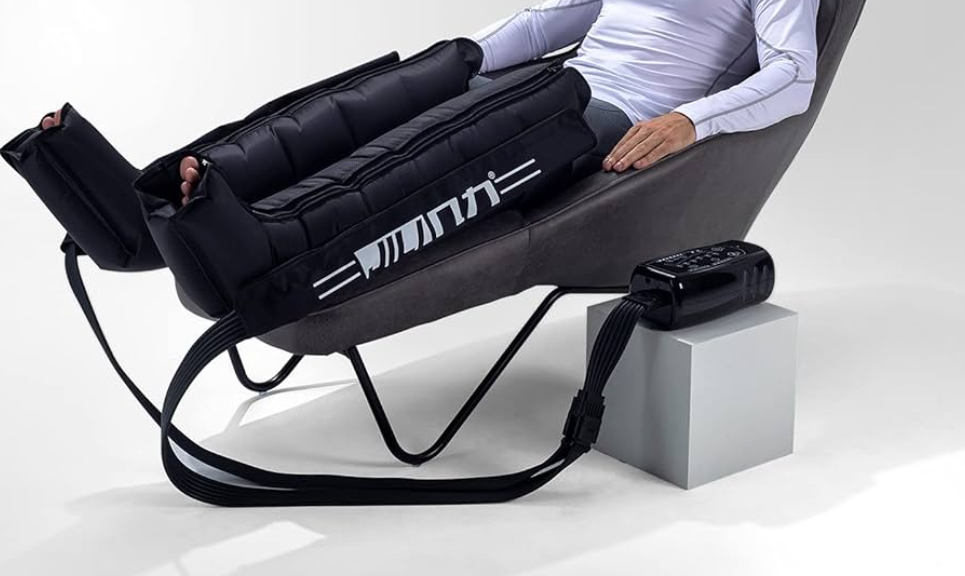
Introduction: Recovery Is the New Training
Performance is no longer just built on the track, the field, or the weight room.
It’s built in the quiet, unseen hours — when smart recovery practices forge resilience at a cellular level.
Today’s athletes understand a truth once overlooked: Recovery is a form of training.
In a world where milliseconds and micrometers separate champions from contenders, tools like leg compression machines are no longer luxuries.
They are essential weapons — accelerating recovery, boosting performance, and unlocking human potential in ways science is only beginning to map.
But the true potential of compression therapy?
It’s far bigger than recovery alone.
In this guide, we’ll break through the surface and explore:
- The biological science behind compression therapy
- The clinical research proving its effects
- How to integrate compression into your daily optimization
- And most critically: the future of human performance that compression is quietly building right now.
Biological Basis: How Compression Accelerates Recovery at the Cellular Level
To understand why compression therapy is transformative, you have to look deeper — into the mechanics of blood flow, waste clearance, and tissue repair.
Compression enhances the body’s regenerative processes by:
| Mechanism | Effect |
|---|---|
| Boosts venous return | Accelerates blood flow back to the heart, improving circulation efficiency. |
| Enhances lymphatic clearance | Removes metabolic waste (like lactic acid) and inflammatory byproducts faster. |
| Stabilizes muscle fibers | Reduces micro-damage from oscillation and vibration. |
| Amplifies oxygenation | Delivers oxygen and nutrients more rapidly to fatigued tissues. |
✅ Translation: Compression therapy doesn’t just help muscles feel better.
It triggers a systemically optimized state of recovery — faster, cleaner, more efficient.
The body doesn’t just heal…
It upgrades.
Pro Tip: Stack compression with a magnesium-rich post-workout meal — the increased blood flow helps shuttle vital minerals deeper into muscle tissue for faster regeneration.
Scientific Evidence: What Research Reveals About Compression Technology
The world’s top sports scientists have been putting compression therapy under the microscope.
- A 2018 Journal of Sports Medicine meta-analysis found measurable improvements in muscle soreness reduction, power recovery, and performance restoration after compression use.
- The International Journal of Sports Physiology reported that athletes who used compression between sprints maintained higher power output compared to non-compressed controls.
But here’s the reality check:
Compression isn’t a miracle button.
It’s a performance multiplier — meaning it amplifies smart habits like proper nutrition, hydration, and sleep.Use it right, and you don’t just recover faster…
You compete in a different stratosphere.Pro Tip: Combine compression with deep, nasal-only breathing post-workout — this supercharges parasympathetic activation, meaning your body shifts into a deeper recovery state even faster.
Applied Strategy: How to Use Compression Therapy for Maximum Impact
Timing and technique matter.
When How Why Post-Workout 20–30 min session Speed waste removal, decrease inflammation Pre-Workout Warmup 10–15 min light session Prime circulation, improve neuromuscular readiness Between Events 10–20 min Maintain muscle pliability and reduce lactate buildup Evening Recovery 20 min session Boost nighttime regenerative processes Golden Rule:
Start with low pressures and short durations.Build gradually.
Your body adapts faster when it’s guided, not brutalized.Pro Tip: When using compression pre-workout, keep it under 15 minutes and moderate intensity — too much can create temporary vascular constriction instead of the vasodilation you want for priming performance.
The Future of Compression — Humanity 2.0
You think compression is just about sore legs and faster marathons?
Think bigger.Think beyond.
The next evolution isn’t faster recovery — it’s engineered resilience.
Compression will stop being something you do.
It will become something you are.5.1 Neuro-Adaptive Compression: Your Body, Upgraded
Imagine a compression system that doesn’t wait for you to feel wrecked.
It knows.Before you do.
Biometric sensors track your HRV, lactate, inflammation markers — in real-time.
Machine learning reads your stress curves like an open book.
And your compression boots adjust pressure automatically, second-by-second, tuning you back to peak.✅ Recovery becomes proactive, not reactive.
Your body isn’t just recovering.
It’s adapting — faster than your competition, faster than your old self.5.2 Compression for Longevity: Age is Optional
Athletes aren’t the only ones getting an upgrade.
Soon, elderly users will slip on compression devices that defend their vascular health, preserve cognitive clarity, and turn the clock back on biological aging.
Compression will become as common as vitamins, meditation apps, and sleep trackers.
Another daily ritual — another layer of biological armor.✅ Compression becomes part of daily anti-aging rituals.
You won’t just feel younger.
Your body will fight to stay younger — every second of every day.5.3 Compression in Space: Building Bodies for Other Worlds
NASA knows: Microgravity destroys human bodies.
The next-gen astronauts?
They’ll wear dynamic suits packed with compression systems and muscle-loading AI.
These suits will simulate gravity, stimulate vascular flow, and prevent the body from falling apart in deep space.✅ Compression becomes a survival technology.
Mars isn’t optional anymore.
Neither is biologically enhanced resilience.5.4 Bio-Symbiotic Compression Networks (2050+)
Fast forward a few decades:
Buildings that read your stress levels through wearables — then deploy on-demand compression therapy.
Neural-linked systems that detect cognitive fatigue — and auto-fire recovery processes without you lifting a finger.
Devices custom-coded to your personal genome — optimizing recovery based on your body’s unique inflammatory patterns.
✅ Compression becomes an extension of you.
A living, breathing, thinking system…
designed to make you unstoppable.Pitfalls to Avoid: Mastery Requires Discipline
Even with cutting-edge tech, human nature still trips us up.
Mistake Solution Overusing compression Respect your body’s natural rhythms. Recovery is a partnership, not a domination. Ignoring discomfort Compression should never cause pain or numbness. Listen to your body. Max-pressure obsession Gentle, rhythmic compression often outperforms “maxed-out” pressure marathons. Pro Tip: Always monitor how your hands and feet feel during compression sessions — tingling, numbness, or coldness are signs you need to immediately decrease pressure or stop.
Conclusion: Compression Therapy — From Recovery to Human Enhancement
Today, leg compression therapy is a misunderstood tool.
Tomorrow, it will be an expected part of every serious athlete’s — and human’s — daily arsenal.Used correctly, it doesn’t just heal injuries or soothe soreness.
It systematically reengineers human resilience from the ground up.✅ Compression will reshape sports.
✅ Compression will slow aging.
✅ Compression will carry humanity beyond Earth itself.Master Compression.
Master Recovery.
Master the Future.

